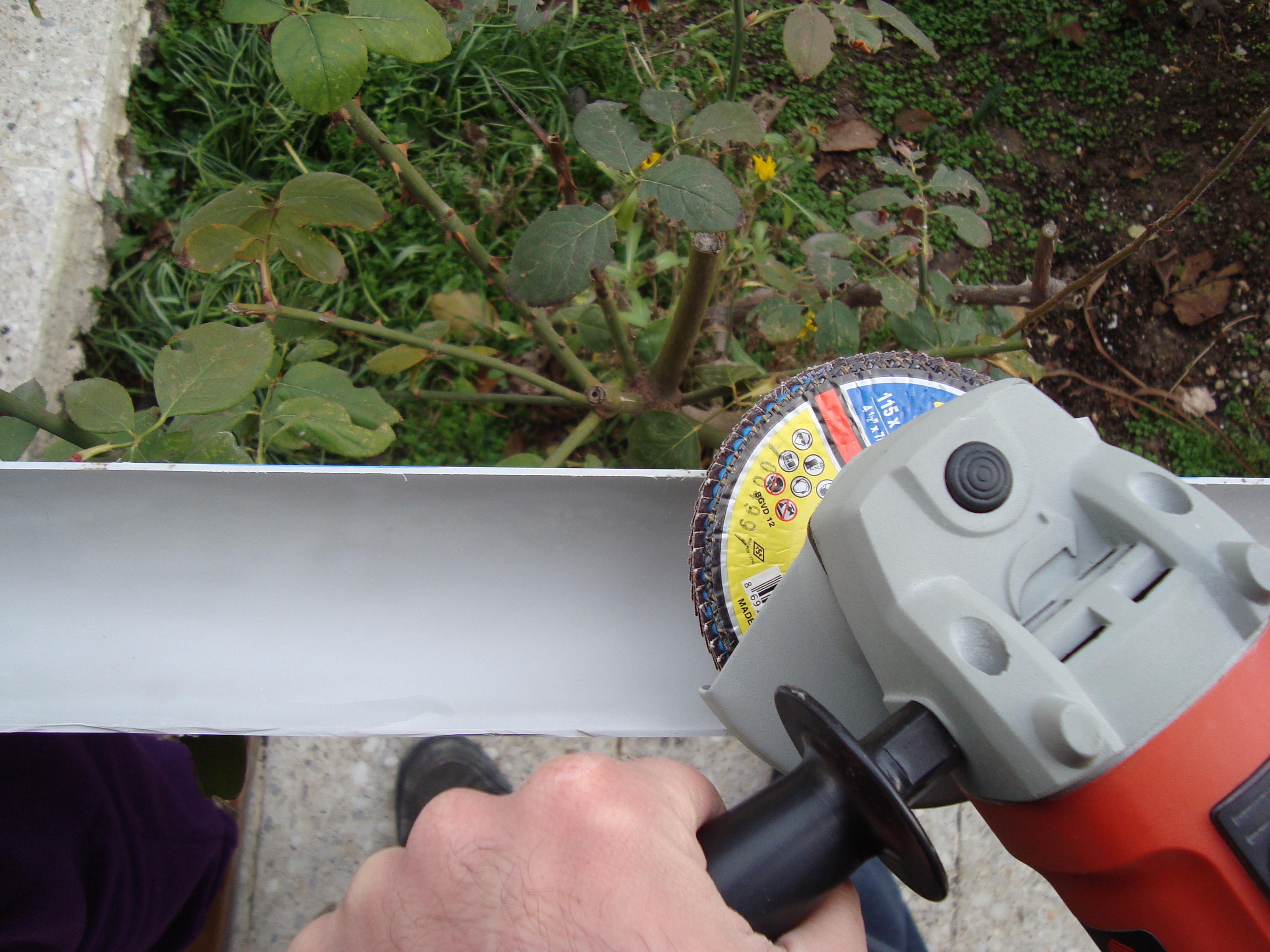In this project, we are going to build a system to heat our homes more efficiently. This is an easy project to apply, all made with ordinary tools and materials. Actually, it consists of two projects. Each stage can be built separately but they are more effective as a “combo.” In the first stage, we will build an air bender from a PVC pipe which directs the heated and rising air towards the middle of your room. In the second stage we will add forced ventilation with old PC fans to enhance the heat transfer through ventilation.
As winter comes everybody wants to find a way to heat more efficiently. Heating is a matter of effective heat transfer. According to thermodynamics, heat transfer is mostly ın the form of convection.

















